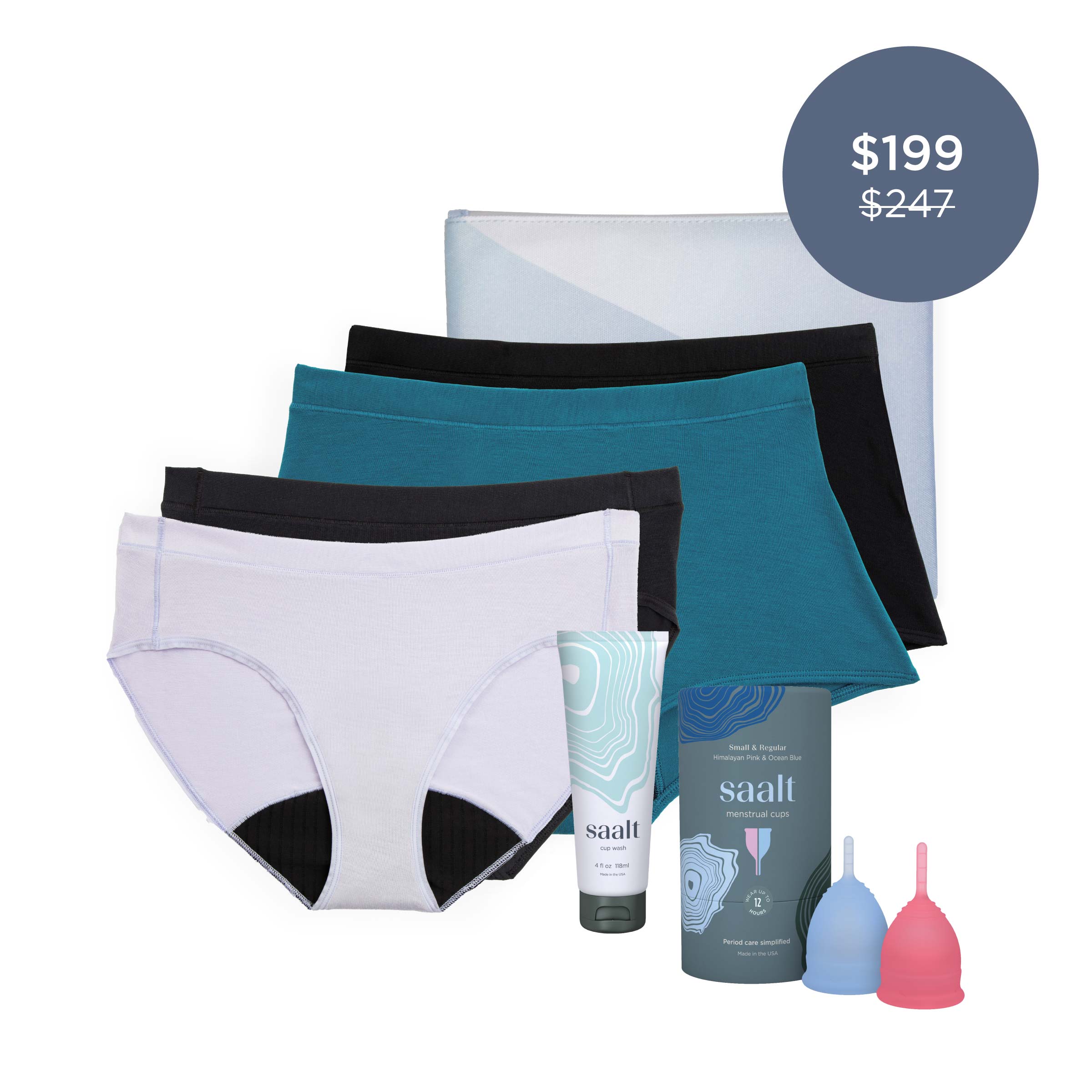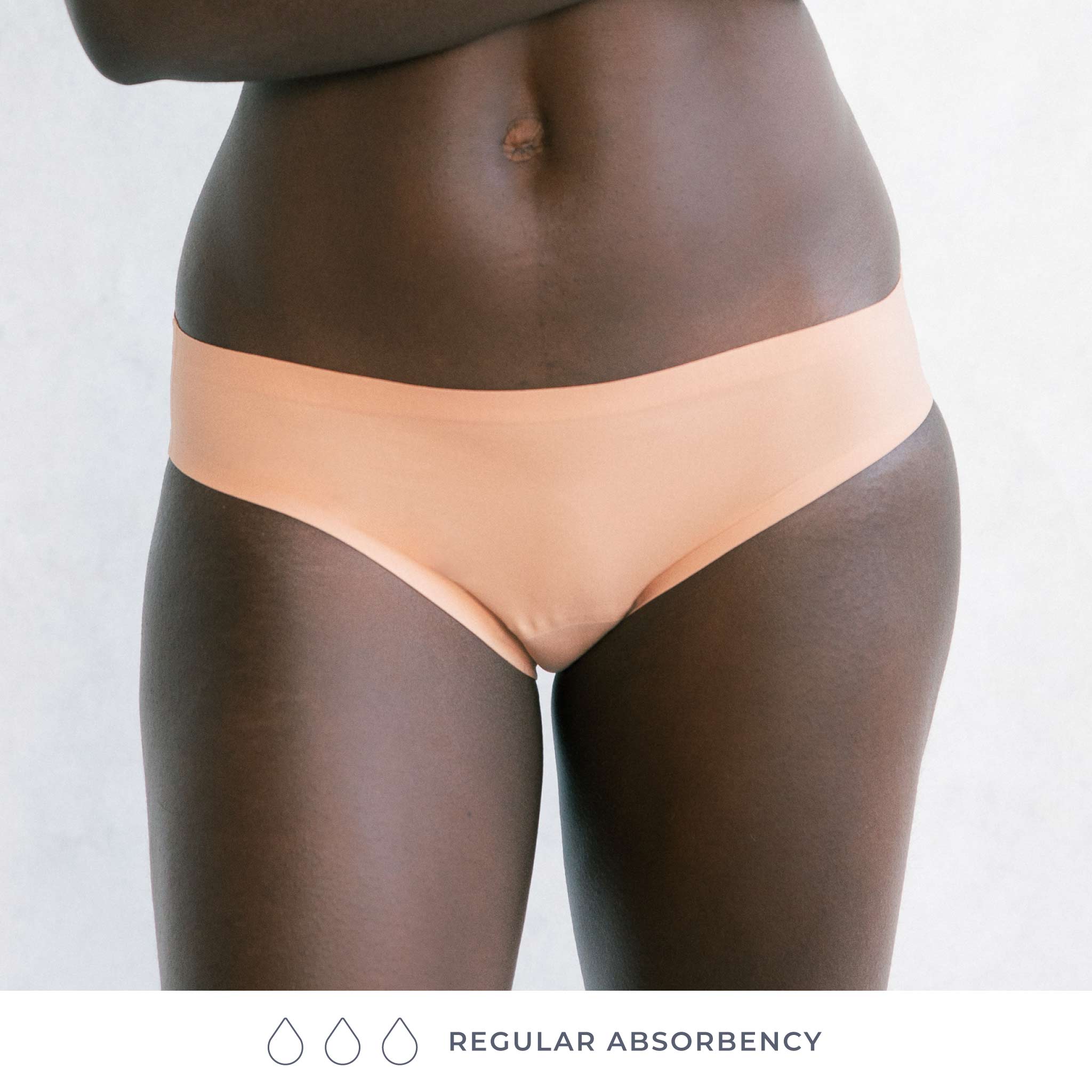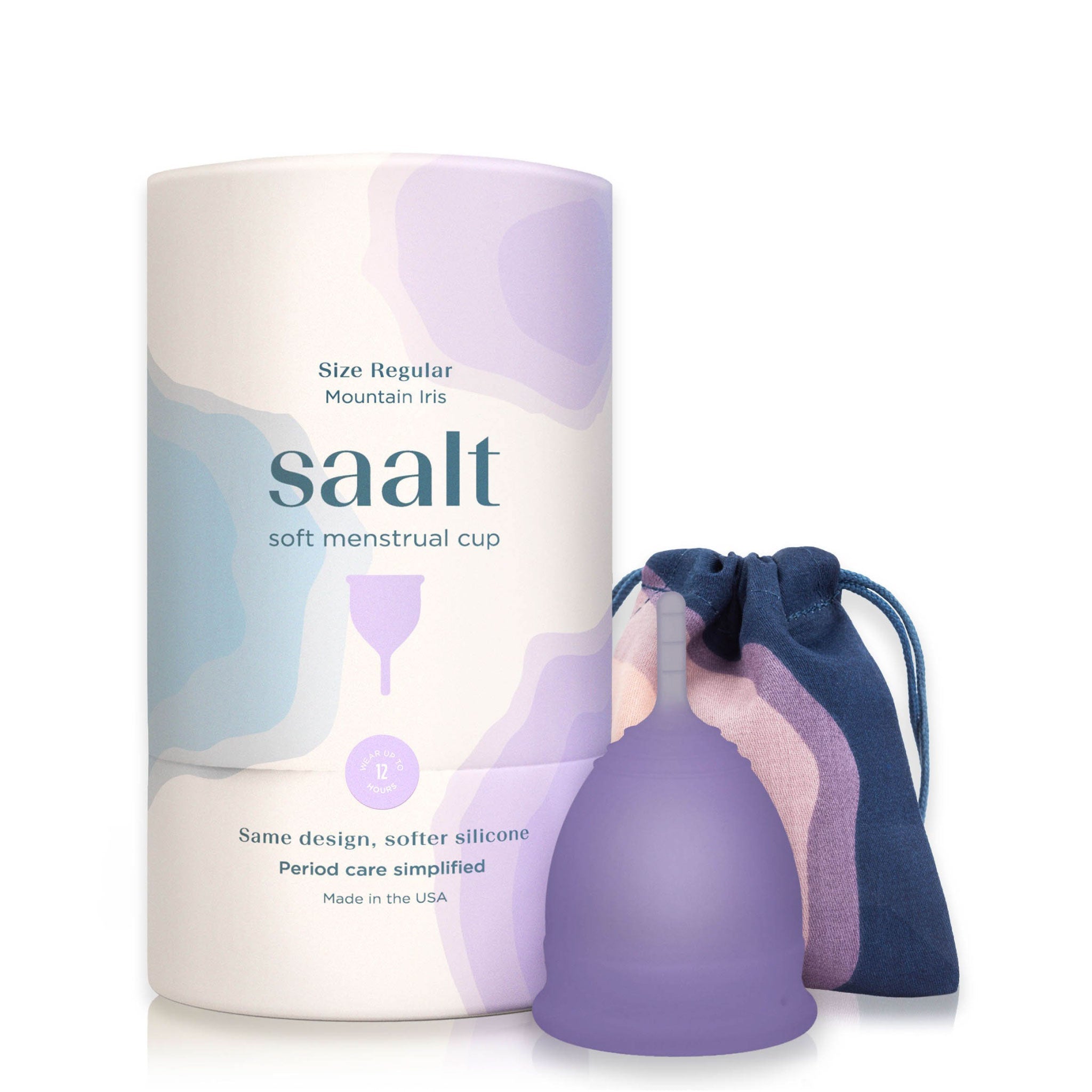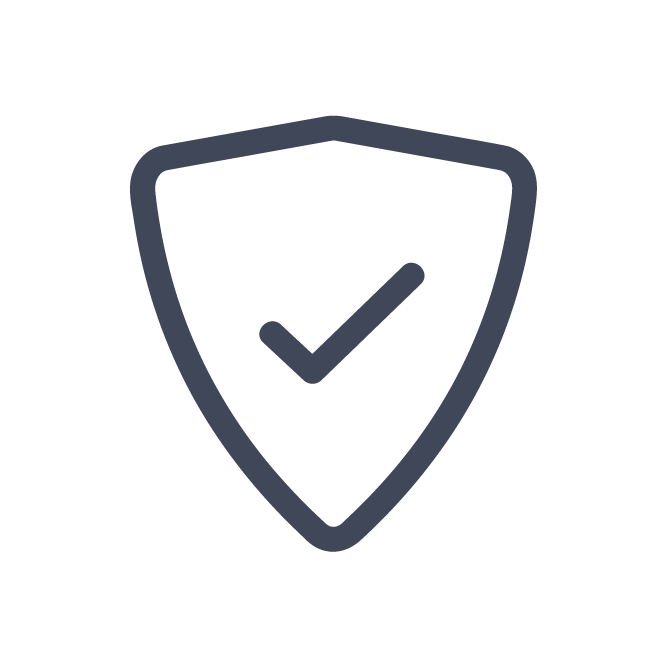There’s a lot of myths surrounding feminine health and it’s not as openly discussed as we’d like it to be. This leads to a collection of misinformation regarding women’s health, and because of the taboo, we don’t have access to this kind of trusted information as readily as we should.
To get the conversation started, Saalt is here to dispel some of the myths you may have heard and break the taboo to discuss them. Starting from the basics, here are some essentials you need to know about feminine health.
The miseducation of the vagina
Colloquially, we tend to use the word vagina as a catch-all term for female anatomy. Technically, though, if we wanted a term for the complex system that is our external female sexual anatomy, a better one would be "vulva.” And while we’re certainly not here to debate the English language with you, the use of this term can lead to some misunderstandings regarding our bits.
In fact, female anatomy is quite complex, and understanding our inner-working parts is essential in the conversation about feminine health. Our genital system consists of our mons pubis, clitoral hood, labia majora (outer lips), labia minora (inner lips), urethra, vaginal opening, and perineum.
Understanding the structure of our sexual anatomy is imperative for women. As a female educator notes in the celebrated educational work, Guide to Getting It On, “What if parents taught their children they had no eyes, ears, nose, or mouth, but instead gave them one word for their entire face and called it ‘tongue’?”
This is sort of what we’ve done to the vagina.
Clarity on the health of each individual part of our body is key to making informed decisions about how we care for our feminine health. Some of the most common googled questions asked by women are about their vaginal health. From questions concerning what’s normal for their vagina to questions about periods, UTI infection symptoms and treatments versus yeast infections, and more, displaying just what a mystery ‘down there’ is for some of us.
Vaginal hygiene myths
If you’re like us, you love self-care, but what about self-care down there? Well, it’s about balance. You may have heard that the vagina has a self-cleaning process, but that doesn’t paint the entire picture, especially when you add the miseducation of our anatomy to the mix.
While the inner workings of our vagina have a self-cleaning mechanism, your outer bits are a different story. While you don’t want to overclean your vulva, it is a good idea to use a bland soap with a low pH and no additives once a day and never clean inside; only go around the outer areas. Also, when giving yourself a clean, never use a loofa or scrubber; just stick to your hands.
We hate to break it to you, but those bubble baths you love so much increase your chances of developing a UTI due to the harshness of the soaps. So keep those bath bombs to a minimum if you must.
The Period Toolbox
When it comes to our periods, there are a lot of options on the market in terms of products. From period underwear to tampons, pads, menstrual cups, and discs, and more, determining which option is right for you can be intimidating. And then, when you throw in some of the suspicious ingredients used in the manufacturing process of some products, it’s all the more worrisome.
When it comes to your options, it’s all about preference. But let's break it down to help you understand the differences and benefits of each.
Period cups and discs
Period cups and menstrual discs are growing in popularity in the U.S. but are often the preferred option in European countries like Sweden due to their ease of use. They’re reusable, safe for your body (just make sure it’s made with 100% silicone), easy to clean, and much simpler to insert than they might seem. Plus, instead of paying the pink tax on other period products, it’s one upfront cost per year.
If you’re interested in these products, check out our how-to-use guide for period cups and menstrual discs to learn more.
Period underwear
Another option that’s growing in popularity is menstrual underwear. Periods are hard enough, and if you don’t like the hassle of bringing tampons or pads with you everywhere you go, period underwear may be right for you.
Our period underwear comes in different absorbency levels and designs to tackle different leakage concerns from your period flow, bladder leaks, postpartum, and even those annoying overnight leakages on the first day of your period.
If you like the idea of just putting on a pair of underwear and going about your day without worrying about your period, check out our period underwear guide
Pads
Pads are probably what you used when you got your period for the first time. They’re simple to use, absorbent, and high-coverage. For some people, pads are the only thing they need to handle their period, but there are still some things to keep in mind.
For one, some people don’t like pads because of the bulky feeling. Pads are also a less economical and eco-friendly option than period underwear or pads. And the most horrifying thing is that some companies use toxic chemicals in the manufacturing process.
If pads are the right fit for you, make sure you opt for a trusted company without added scents.
Tampons
Tampons are the option chosen by many, but they might not be the healthiest. Similar to pads, not all manufacturing companies are to be trusted, especially because these are quite literally going inside of you.
And remember what we said about thongs being a trail for bacteria? The same applies to tampon strings. While tampons may be convenient, we recommend opting for one of the options above instead.
Breaking the taboo surrounding feminine health
Myths surrounding feminine health can be dangerous and leave us confused about our health, but hopefully, this article made you a little more familiar with and comfortable with your own body. Be sure to check out the rest of our blog for more educational resources on feminine health.





